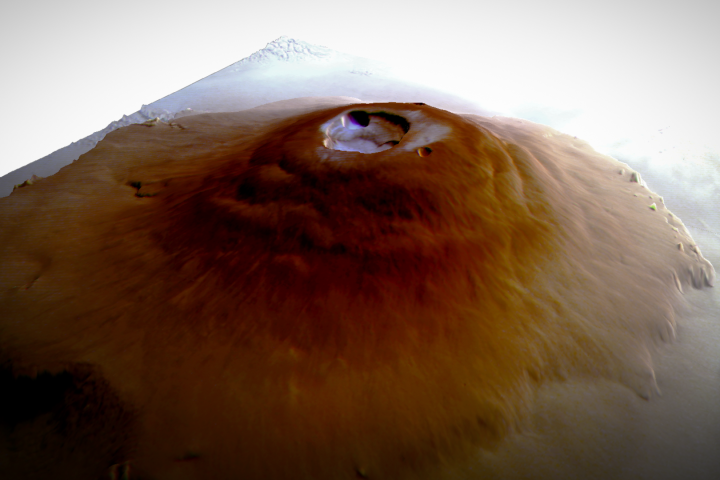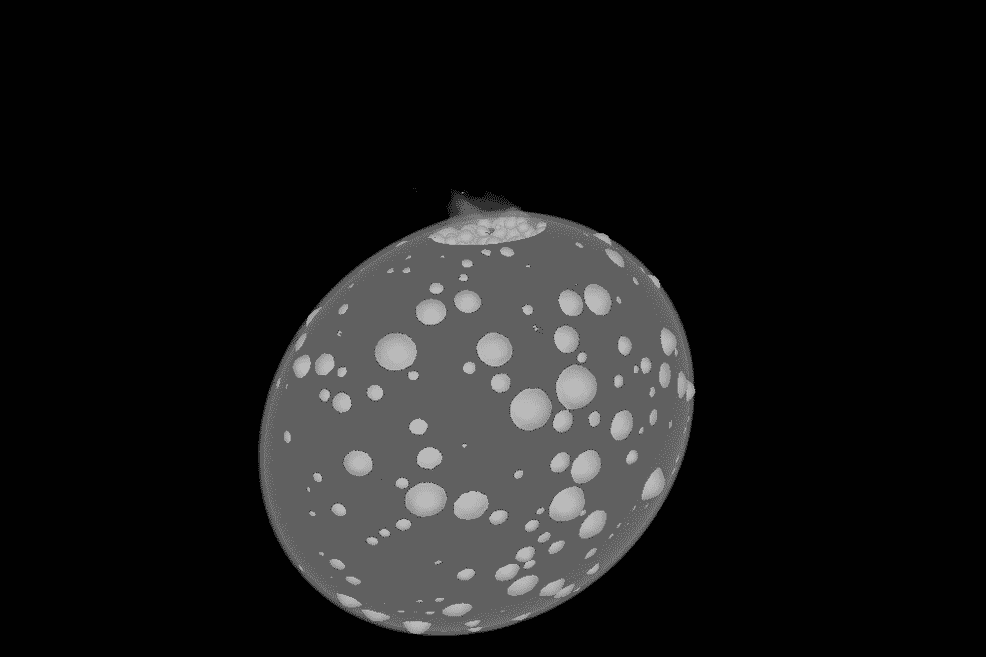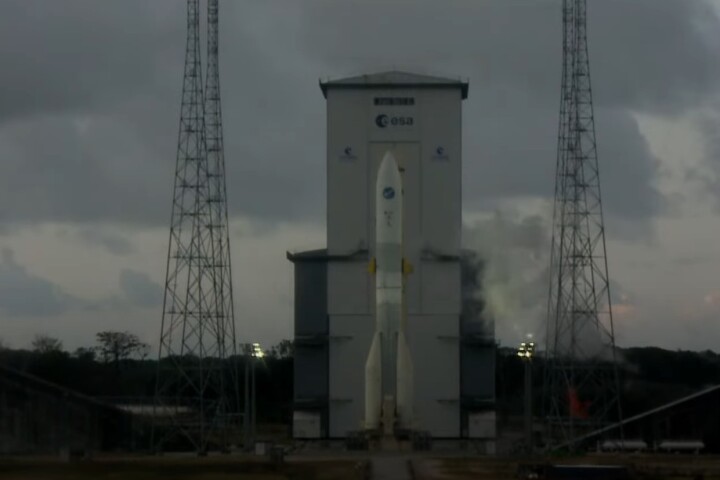ESA
-
ESA's Hera spacecraft designed to assess NASA's experiment to deflect an asteroid has launched from Cape Canaveral Space Force Station, Florida. At 14:52 GMT, the robotic probe lifted off atop a Falcon 9 rocket to begin its three-year mission.
-
In an experiment that sounds about as safe as bobbing for fries, ESA carried out the first-ever 3D metal printing in space aboard the International Space Station (ISS). Built with Airbus, the Metal 3D Printer completed the first of four test shapes.
-
Europe's newest heavy-lift rocket roared into space today as the Ariane 6 booster lifted off from the Kourou Spaceport in French Guiana at 4:00 pm GFT (19:00 GMT). Designated VA262, the inaugural flight carried a variety of payloads into orbit.
-
Europe will be back in the heavy lift rocket business on July 9, 2024 when the Ariane 6 lifts off on its maiden flight carrying almost a dozen satellites and experiments. The launch window at Kourou, French Guiana opens at 2:00 pm EDT. Here's how to watch.
-
Sometimes the impossible turns out to be not so impossible. From satellite data, scientists have discovered frost forming on top of the tallest volcanic mountains in the solar system on Mars. The snag is that it shouldn't be there at all.
-
If you’re planning to see the aurora soon, keep an eye out for a brand new type of sky glow that’s just been discovered. This short-lived phenomenon only appears after midnight and seems to be the inverse of something just spotted a few years ago.
-
Clouds. They’re not very well understood. EarthCARE, a soon-to-launch satellite, will use advanced tech to unlock their mysteries, giving scientists a better understanding of the mysterious weather phenomenon so they can produce more accurate climate forecasts.
-
When NASA's DART deep space probe smashed into the asteroid Dimorphos, it didn't leave a crater. Instead, there was a splash, where the asteroid was distorted like a jelly as its entire structure shifted.
-
The youngest neutron star detected so far turned 37 years old last week. To celebrate, James Webb Space Telescope has finally found the most direct evidence of it, hiding among the remains of the supernova cloud it was born in.
-
Data from ESA's Mars Express indicates that there may be subterranean ice deposits at the Martian equator that are up to 2.3 miles (3.7 km) thick. With enough water to fill the Red Sea, this could be a tremendous resource for future Mars colonies.
-
Hubble has helped astronomers measure changes in the weather on an exoplanet. Forecasts for the planet Tylos predict a gigantic hurricane today with a top of over 3,000 °F (1,650 °C), followed by a strong chance of showers of molten iron tonight.
-
ESA's next-generation Ariane 6 heavy rocket came another step closer to flight on November 23, 2023 as it completed a long-duration hot-fire test of the stacked booster's Vulcain 2.1 engine at Europe’s Spaceport in Kourou, French Guiana.
Load More











